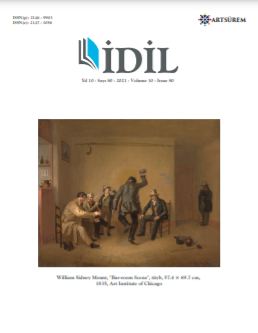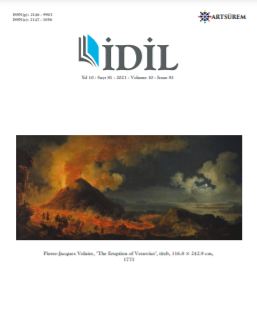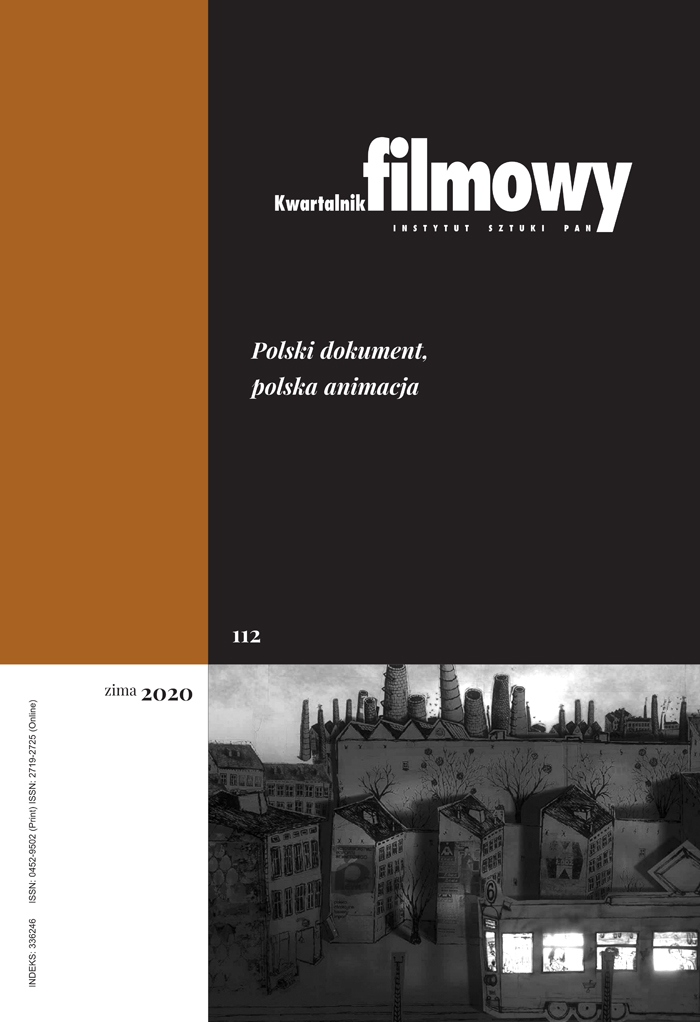
PATRICK RAYNAUD’UN ÖLÜ BEDENİ: “ANATOMİK TİYATRO” ÇALIŞMASI ÜZERİNE
Death is the opposition of the body to its own self. It is sealed to immobility and loses its function. It is the one that has lost its function, transformed into a residual state, thus into an image. Each society has created its own image of death and attributed certain meanings. In this context, the concept of death has been a subject that has been handled in different ways from the Ancient Egyptians to iconographic pictures and even up to the present day. Especially when we look at it in terms of Christian iconography, both Mantegna's "Lamentation for the Dead Jesus" work and Hans Holbein's "Dead Christ's Body in the Tomb" have transformed the dead body into a part of the horizontal plane. Apart from the iconographic paintings, it is possible to see a similar approach in Ferdinand Hodler's "Valentine Godé-Darel on the Death Bed" and Pablo Picasso's "Death of Casagemas". Contrary to social understanding, contemporary artists such as Berlinde De Bruyckere, Gregor Schneider and Patrick Raynaud, who dealt with the concept of death, transformed the dead body into the visible object of the public sphere. Of course, at this point, the main subject that will be mentioned and discussed in the article is Patrick Raynaud's "Anatomical Theater" artwork. Patrick Raynaud's "Anatomical Theater" artwork opens a new visibility into the concept of death. This situation made it necessary to address the concept of the dead body in the context of the "Anatomical Theater" study. In addition, this requirement led to some analyzes regarding the study. In terms of enriching the subject, artistic examples from both the past and the present are given. From this perspective, in Patrick Raynaud's "Anatomical Theater", the concept of the dead body comes to the fore and constitutes the main discussion in the article.
More...

